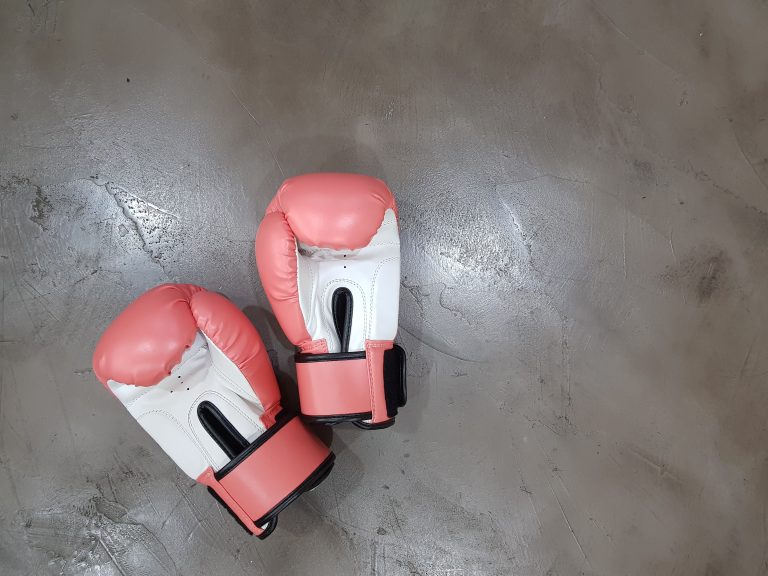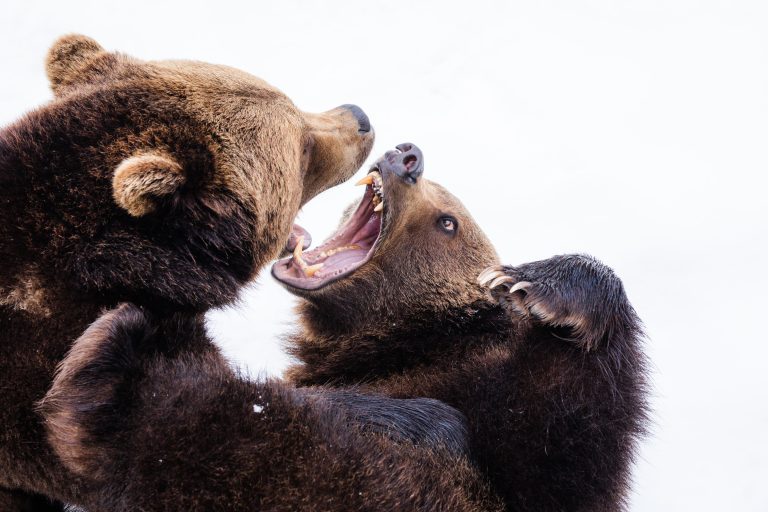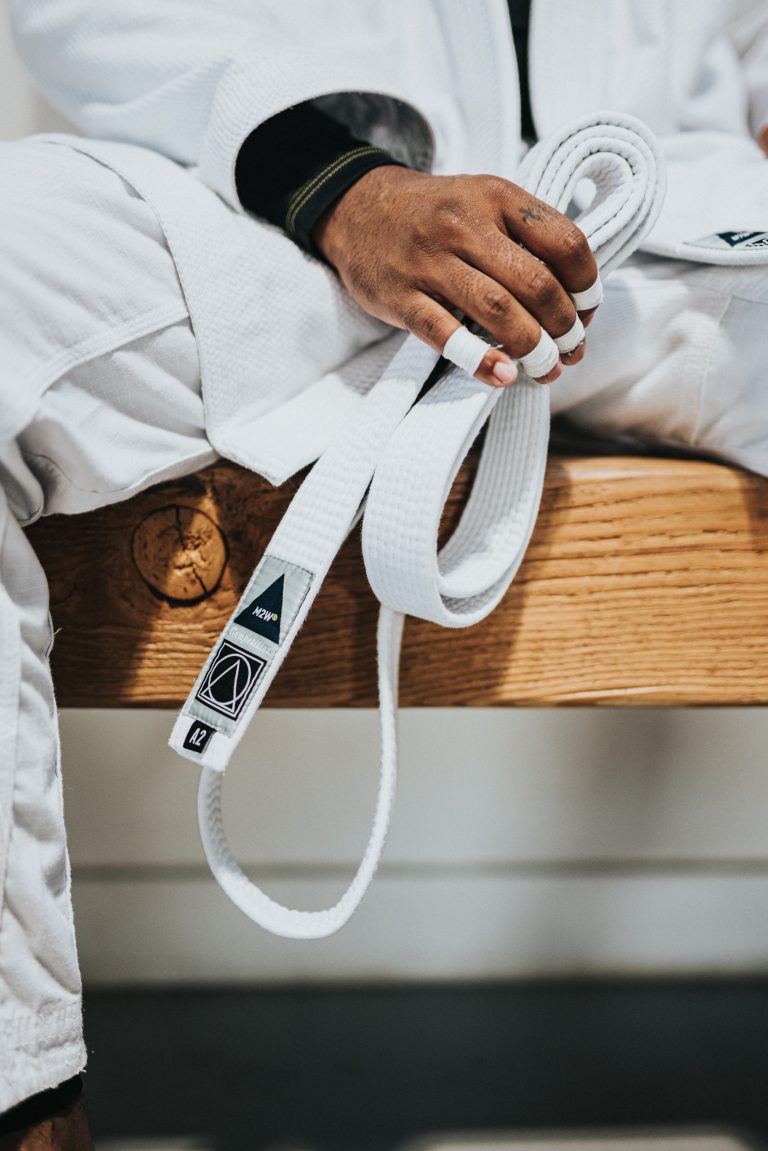Karate Techniques List: Everything You Need to Know About Karate Forms
If you’re interested in karate, you may have heard of the various techniques that are used to form the basics of the sport. Karate techniques are divided into three categories based on their usage – Strikes or Uchi, Kicks or Geri, and Blocks or Uke.
In this blog post, we’ll take a closer look at each of these categories and explore the most common karate techniques used in each category.
Striking Techniques (Uchi)
Striking techniques in karate form an essential aspect of the art, and they refer to the movements that involve punching, striking, or hitting using various parts of the body – fists, palms, elbows, and fingers.
Here are some of the most common karate striking techniques:
Choku-zuki or Straight Punch
This technique is one of the fundamental karate moves and involves straight punches to the face or body. The punch is executed by extending the arm forward, maintaining a tight fist, and twisting the wrist at the moment of impact.
Gyaku-Zuki or Reverse Punch
Gyaku-Zuki is an essential technique in Shotokan Karate and is a reverse-punch that is delivered with the opposite arm.
Kizami-zuki or Jab
Kizami-zuki, also known as a front hand punch, is a quick strike using the lead-hand for regular attacks and even as an entry in a combination.
Tate-Zuki or Vertical Punch
Tate-zuki is a vertical punch that involves striking with a vertical fist. The punch is thrown straight up and then brought down onto the target in a hooking motion.
Uraken or Back Fist
Uraken is a back-fist strike delivered with the back of the fist. It is a quick punch but requires good timing as it has a short range.
Mawashi-zuki or Roundhouse Punch
Mawashi-zuki is a punching technique that uses a circular motion to deliver a punch instead of a straight-line movement like most other punches. It is a powerful technique when executed properly.
Kicking Techniques (Geri)
Kicking techniques form an integral part of karate forms and are used to deliver strikes to the opponent, either by hitting their body or blocking attacks. Here are the most common karate kicking techniques:
Maegeri or Front Kick
Maegeri is a karate front kick, delivered using the ball of the foot. The kick is typically used to target the lower abdomen or groin, but it can also be used to block a straight punch.
Mawashigeri or Roundhouse Kick
Mawashi geri is a roundhouse kick that targets the opponent’s side or head.
Yokogeri Keage or Side Snap Kick
Yokogeri Keage is a side snap kick delivered using the outer edge of the foot. It can be used as an attack or a block.
Ushirogeri or Back Kick
Ushirogeri is a back kick that is executed by bringing the leg up behind to strike with the heel. It is a powerful technique but requires good control and balance.
Yoko Geri Keikomi or Side Thrust Kick
Yoko Geri Keikomi is a side thrust kick that is delivered by pushing the leg straight out towards the opponent.
Blocking Techniques (Uke)
Blocking techniques in karate are used to defend against incoming attacks. The technique used will depend on the direction of the opponent’s strike and the strength of the attack. Here are the most common karate blocking techniques:
Gedan-Barai or Lower-Block
Gedan-Barai is a lower-block used to defend against strikes aimed at the lower areas of the body.
Jodan-Uke or Upper-Block
Jodan-Uke is an upper-block used to defend against strikes aimed at the head.
Soto-Uke or Outside-Block
Soto-Uke is an outside-block used to divert strikes away from the body.
Uchi-Uke or Inside-Block
Uchi-Uke is an inside-block used to block strikes that move towards the body’s center.
Haito-Uchi or Ridge-Hand Block
Haito-Uchi is a ridge-hand block that is used to defend against an attack or deliver a counter-attack.
Frequently Asked Questions About Karate Techniques List
Karate is a martial art that originated in Japan and has spread throughout the world. It involves a series of techniques that are used for both self-defense and competitive purposes. If you’re interested in exploring karate techniques, you might have a few questions about what to expect. In this blog post, we’ll answer some of the most common questions people have about karate techniques list.
What are some basic karate techniques?
There are several basic karate techniques that are essential to learn if you want to become proficient in the art. Some of the most common techniques include stances, strikes, blocks, kicks, and punches. For example, the „front stance“ is one of the most fundamental stances in karate, while „gedan barai“ is a standard low block that is used to defend against lower-level attacks. Similarly, „mae geri“ is one of the most fundamental kicks, and „gyaku-zuki“ is a standard reverse punch.
What are some advanced karate techniques?
Once you’ve learned the basics of karate, you can start exploring more advanced techniques. Some of the most common advanced karate techniques include throws, joint locks, and submission techniques. For example, „kata guruma“ is an advanced throwing technique that involves sweeping the opponent’s leg while grabbing their upper body. „Kote gaeshi“ is an advanced joint lock that immobilizes the opponent’s wrist and can cause intense pain. And „hadaka jime“ is an advanced submission technique that involves choking the opponent with your bare hands.
What is a kata in karate?
A kata is a sequence of movements that are performed in a prescribed pattern. They have been passed down through generations, and each one has a specific purpose for training specific techniques. Katas are designed to help students develop muscle memory, speed, power, and precision, and they are often used in competitions to demonstrate proficiency in karate techniques. Some of the most common katas include Heian Shodan, Tekki Shodan, and Bassai Dai.
What is the difference between karate and other martial arts?
Karate is often compared to other martial arts like taekwondo, judo, and jiu-jitsu. While each martial art has its unique characteristics, karate is typically characterized by its emphasis on striking techniques and its use of full-body movements. It also tends to place a lot of emphasis on discipline and tradition, with students often bowing to their instructors and wearing traditional uniforms. Additionally, many karate schools incorporate katas as a core part of their training, something that’s less common in other martial arts.
How long does it take to master karate techniques?
The length of time it takes to master karate techniques will vary depending on several factors, including how often you practice, your physical ability, and your level of dedication. In general, it can take several years of consistent practice to become proficient in karate. Many schools divide their curriculum into different levels or belts, with students advancing through the ranks as they develop their skills. While it can take several years to reach the highest levels, the journey can be rewarding and enriching for those who are committed to the art.
How to Master Karate Techniques: A Complete Guide
If you are a beginner looking to start your journey in Karate or an advanced practitioner willing to master your skills, it is essential to have a thorough understanding of various Karate techniques. It’s always good to have a list of techniques handy that you can practice and perfect. In this article, we will guide you through the steps that you should follow to master Karate techniques effectively.
Step 1: Warm-up and Stretching
Before you start practicing any karate techniques, it’s essential to warm-up your body and stretch your muscles. In Karate, you employ a lot of kicks, punches, and fast movements that require flexibility and strength. Start with light jogging or walking to increase your heart rate and body temperature. Then, go for dynamic stretching that includes knee hugs, hip circles, and lunges. Dynamic stretching will help to improve your range of motion and will get you ready for Karate training.
Step 2: Basic Karate Techniques
Learning the basic Karate techniques is crucial for a good foundation. The basic techniques are the building blocks of advanced techniques, and they help to improve your strength, flexibility, and coordination. The basic techniques are taught in every Karate dojo and include:
- Front Punch (Jab) – Gyaku Zuki
- Front Kick – Mae Geri
- Side Kick – Yoko Geri
- Roundhouse Kick – Mawashi Geri
- Back Kick – Ushiro Geri
- Knife-hand Strike – Shuto Uchi
Practice each technique slowly and in a controlled manner, and focus on executing the correct form. You can practice these techniques on a heavy bag or with a partner, and gradually increase your speed and power.
Step 3: Intermediate Karate Techniques
Once you have a good command of the basic techniques, you can move onto intermediate techniques. These are more complex techniques that require a combination of moves and transitions between techniques. Some of the intermediate techniques that you can practice include:
- Elbow Strike – Empi Uchi
- Hook Kick – Kagi Geri
- Spinning Back Fist – Uraken Uchi
- Jump Front Kick – Tobi Mae Geri
- Jumping Roundhouse Kick – Tobi Mawashi Geri
Practice these techniques under the guidance of a Karate sensei, and focus on getting the technique right before increasing speed and power.
Step 4: Advanced Karate Techniques
Advanced techniques are usually reserved for experienced practitioners who have honed their basic and intermediate techniques. These techniques are usually more high-risk, high-reward, and require significant physical and mental preparation. Some of the advanced techniques that you can practice include:
- Jumping Front Snap Kick – Tobi Nidan/Jodan Geri
- Jumping Side Snap Kick – Tobi Yoko Geri
- Butterfly Kick – Hudo Sashi
- Spin Hook Kick – Kaiten Geri
- Armbar – Ude Garame
It is essential to practice these techniques under the supervision of a qualified instructor to avoid injury and ensure proper execution.
Step 5: Practice and Consistency
Practice makes perfect, and it is essential to practice regularly and consistently to master Karate techniques. Set aside some time each day to practice and focus on different techniques each session. You can also join a Karate club or attend classes to get regular training and feedback from an instructor.
Conclusion
Karate is a martial art that requires dedication, discipline, and consistency. Mastering the techniques in Karate requires practice and perseverance, and following the above guide will help you to get there. Always remember to practice safety measures and follow proper techniques under the guidance of a qualified instructor. Keep practicing, and you’ll soon become a Karate master.
Inhaltsverzeichnis






